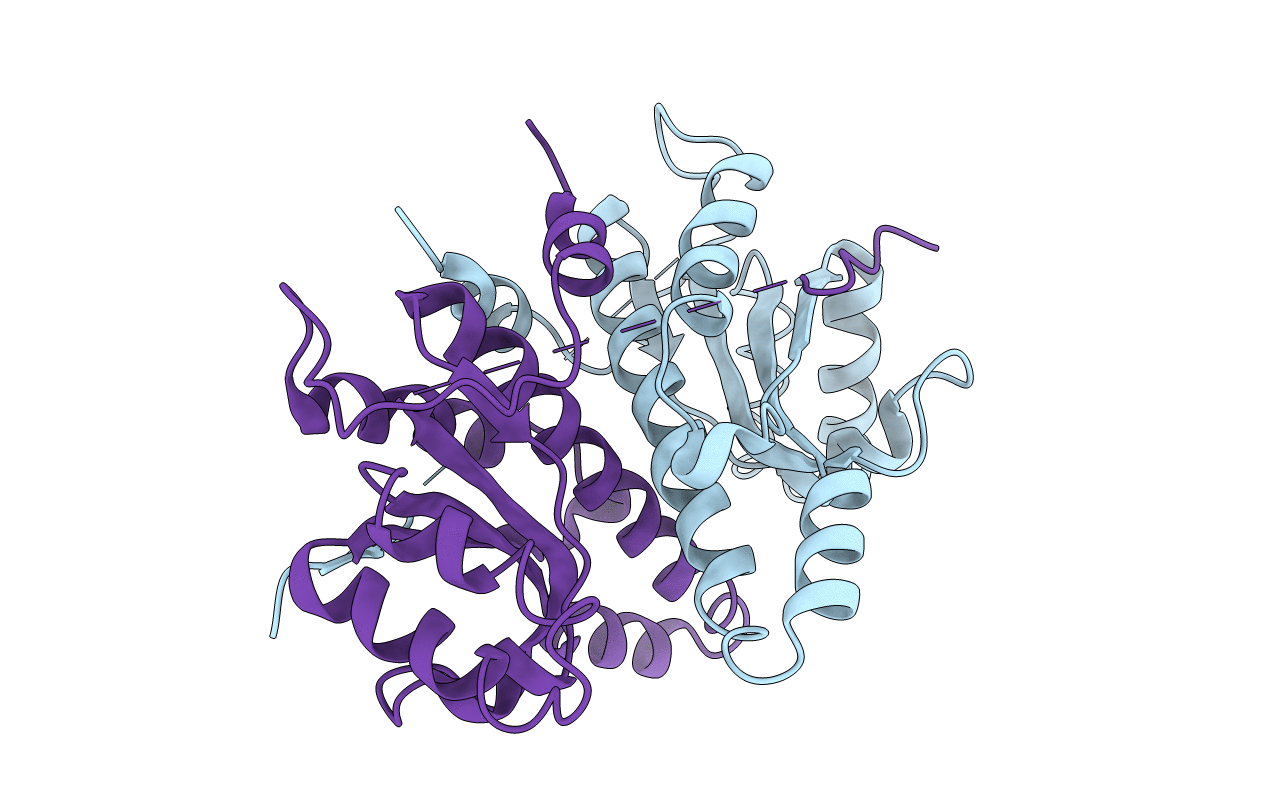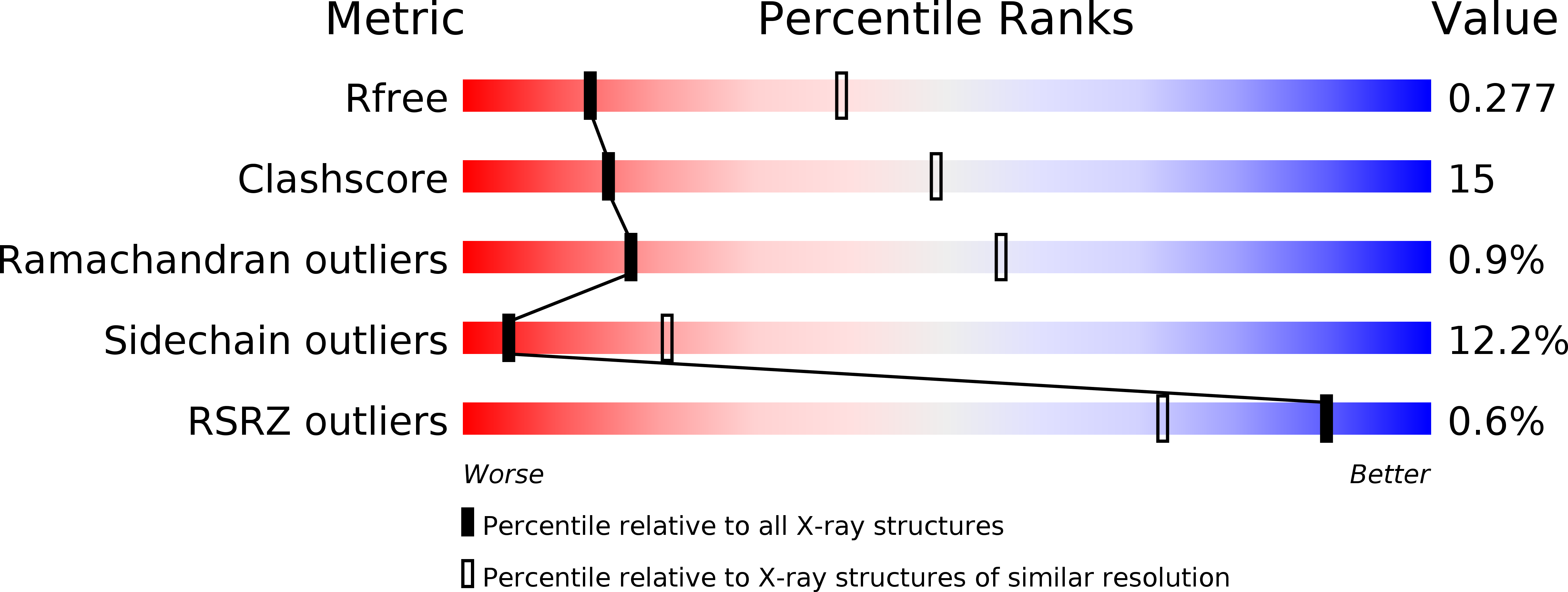
Deposition Date
2014-07-01
Release Date
2015-04-29
Last Version Date
2024-05-08
Entry Detail
PDB ID:
4URP
Keywords:
Title:
The Crystal structure of Nitroreductase from Saccharomyces cerevisiae
Biological Source:
Source Organism:
SACCHAROMYCES CEREVISIAE (Taxon ID: 4932)
Host Organism:
Method Details:
Experimental Method:
Resolution:
2.99 Å
R-Value Free:
0.27
R-Value Work:
0.21
R-Value Observed:
0.22
Space Group:
P 32


